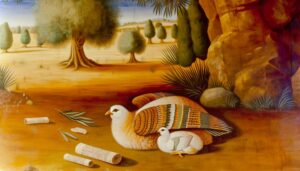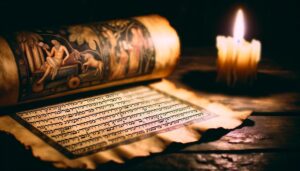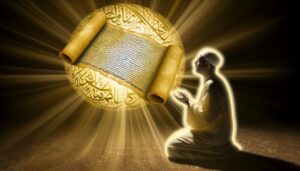Dinah in the Bible Meaning: Tragedy and Justice
Dinah, daughter of Leah and Jacob, is a biblical figure whose story in Genesis 34 encapsulates complex social and familial dynamics of ancient Israel. Her encounter with Shechem and the subsequent familial retaliation highlight the stringent honor codes and gender roles of the time.
The episode underscores issues of women’s autonomy and societal expectations in a patriarchal framework. It also reveals the fraught intertribal relations and the extreme lengths to which kinship groups would go to restore family honor.
To grasp the full depth of Dinah’s narrative and its ramifications, further exploration of these themes and historical contexts is essential.

Dinah in the Bible: Meaning, Story, and Spiritual Lessons
| Aspect | Description | Reference |
|---|---|---|
| Name Meaning | Dinah means “judged” or “vindicated” | Genesis 30:21 |
| Family | Daughter of Jacob and Leah | Genesis 30:21 |
| Key Event | Defiled by Shechem; sparked revenge by her brothers | Genesis 34 |
| Symbolism | Represents justice, family honor, and cultural boundaries | Genesis 34 |
| Spiritual Insight | Highlights issues of purity, justice, and consequences | Genesis 34 |
Historical Context of Dinah
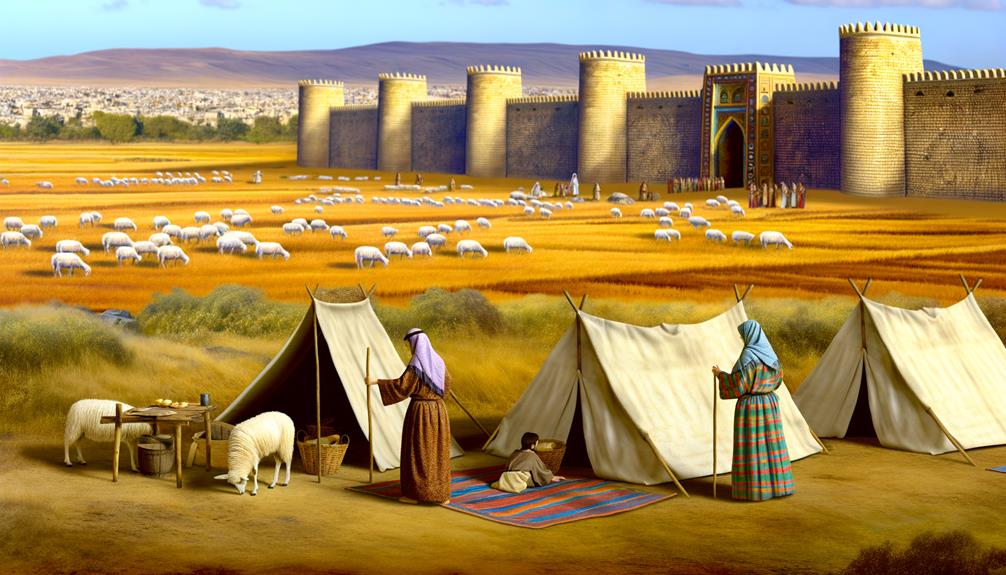
The historical context of Dinah, a figure from the Hebrew Bible, is rooted in the patriarchal narratives of the Book of Genesis, specifically within the socio-cultural and familial dynamics of ancient Near Eastern societies.
Her story, encapsulated in Genesis 34, unfolds against a backdrop of tribal affiliations, honor codes, and the intricate kinship systems that governed social conduct.
The episode involving Dinah and Shechem, a Hivite prince, highlights prevailing attitudes towards women’s autonomy, familial honor, and retributive justice.
This narrative not only reflects the gendered power structures of the time but also serves as a critical lens through which to examine the intersection of personal and collective identities in early Israelite history.
Understanding Dinah’s context necessitates a nuanced appreciation of these ancient social frameworks.
Family Background
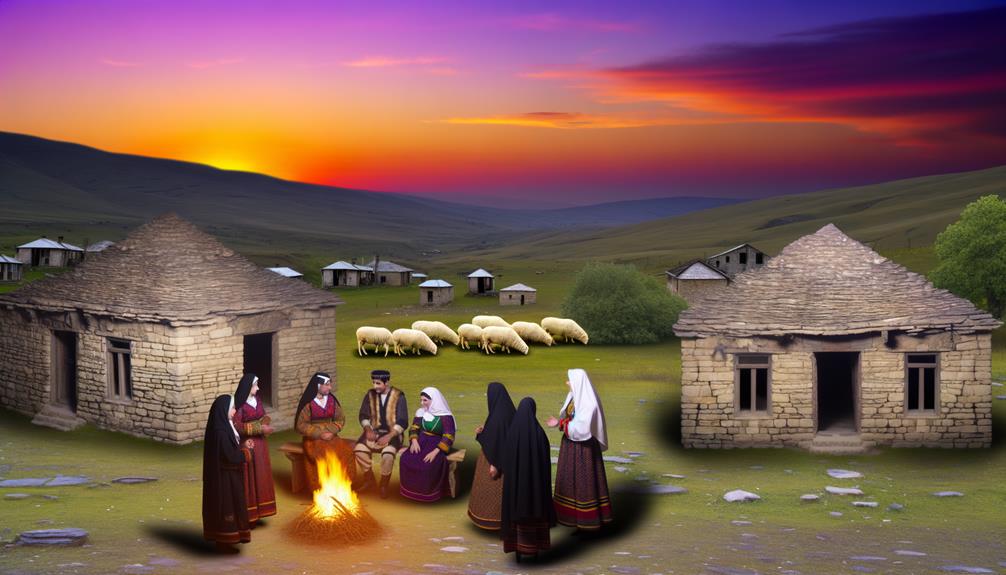
Understanding Dinah’s place within the patriarchal narratives necessitates an examination of her family background, particularly the lineage and dynamics of Jacob’s household.
Dinah, the daughter of Leah and Jacob, is part of a complex family structure that includes twelve brothers, born from Jacob’s two wives, Leah and Rachel, and their maidservants, Bilhah and Zilpah.
This polygamous and competitive familial environment is marked by favoritism, jealousy, and strife. Leah’s status as the less favored wife profoundly influences Dinah’s social standing within the clan.
Additionally, the intricate sibling relationships, especially the bond of Leah’s children, including her full brothers Reuben, Simeon, Levi, Judah, Issachar, and Zebulun, shape the familial dynamics that contextualize Dinah’s narrative.
The Incident in Shechem
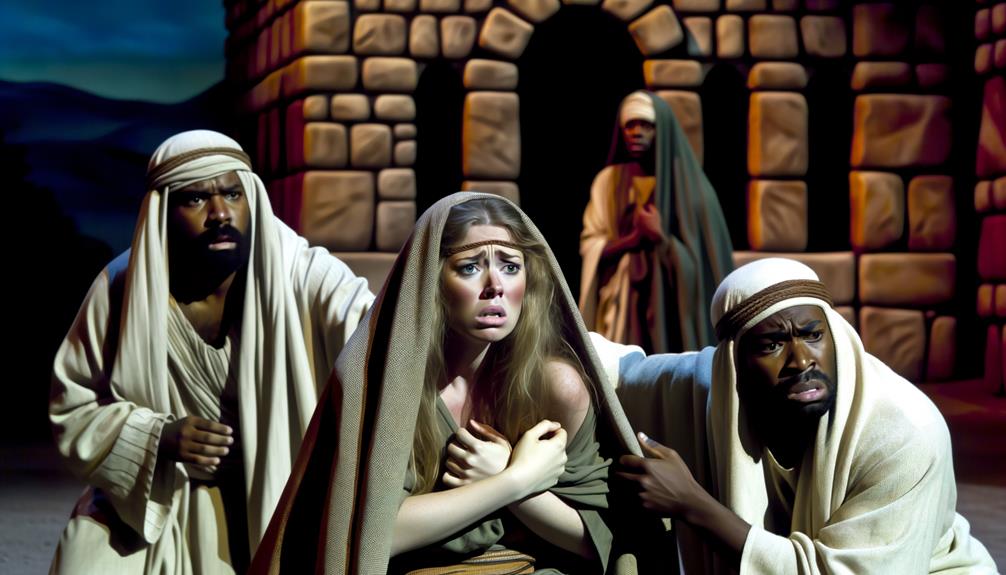
The Incident in Shechem marks a pivotal moment in Dinah’s narrative, beginning with her encounter with Shechem, the son of Hamor the Hivite.
Following this encounter, Shechem’s subsequent proposal for marriage sets off a chain of events that culminates in a violent retaliation by Jacob’s sons.
This episode not only underscores the complexities of intertribal relations but also highlights the profound implications for the social and moral fabric of Jacob’s family.
Dinah’s Encounter in Shechem
Dinah’s encounter in Shechem, a pivotal and tragic episode in the biblical narrative, underscores the complexities of familial honor, societal norms, and the repercussions of transgression in ancient Israelite culture.
Dinah, the daughter of Jacob and Leah, ventures out to visit the women of the land, an act that inadvertently exposes her to grave danger. Shechem, the son of Hamor the Hivite, sees her, seizes her, and defiles her.
This encounter not only violates Dinah but also besmirches her family’s honor. The incident reflects the precarious position of women in ancient times and sets the stage for severe familial and tribal reactions.
This episode illuminates the broader themes of justice, retribution, and the social dynamics of the era.
Shechem’s Proposal and Aftermath
In the aftermath of Dinah’s defilement, Shechem’s proposal to marry her introduces a complex interplay of cultural expectations, familial honor, and the pursuit of reparation.
Shechem’s desire to wed Dinah, as narrated in Genesis 34, reflects an attempt to legitimize his actions and restore honor within the sociocultural framework of ancient Near Eastern customs.
Shechem’s father, Hamor, negotiates with Jacob and his sons, offering dowry and alliance to mitigate the violation.
This proposal underscores the patriarchal norms where women’s agency is deeply entwined with the male-dominated kinship structure.
Hamor’s plea for integration through marriage presents a paradox of restitution and social integration, revealing the intricacies of honor, shame, and familial duty in biblical narratives.
Jacob’s Sons’ Retaliation
Retaliation by Jacob’s sons against Shechem and his city, as depicted in Genesis 34, epitomizes the volatile interplay between justice and vengeance within the context of familial and tribal honor in ancient Israelite society.
After Dinah’s defilement, her brothers Simeon and Levi orchestrated a brutal reprisal. They deceitfully convinced the men of Shechem to undergo circumcision, exploiting their vulnerability to slaughter them and plunder the city.
This act underscores:
- Familial Honor: The brothers’ actions were driven by a perceived need to defend their sister’s honor.
- Tribal Loyalty: The retaliation reflects the intensity of protecting one’s tribe against external offenses.
- Moral Ambiguity: The narrative raises ethical questions about justice versus excessive retribution.
This episode remains a complex tale of retribution and moral dilemmas.
Reactions and Consequences
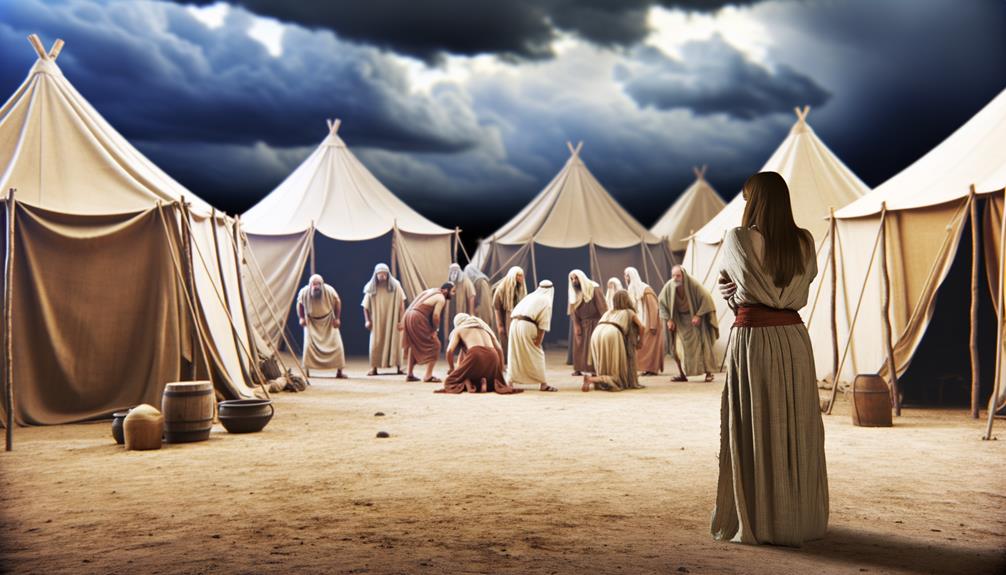
How did the actions surrounding Dinah’s story precipitate the varied and far-reaching consequences for the individuals and communities involved? The narrative of Dinah in the Book of Genesis reveals a cascade of repercussions.
Her brothers’ violent retaliation against Shechem and his city led to deep-seated animosities and disrupted tribal relationships.
Jacob’s household faced internal strife, as his sons’ actions tarnished his reputation and complicated future alliances. The massacre also invoked ethical and moral debates, questioning the boundaries of justice and vengeance.
On a broader scale, the incident underscored the volatility of inter-tribal interactions in ancient Canaan, highlighting the fragility of peace and the potential for single events to reshape socio-political landscapes greatly.
Cultural and Social Dynamics
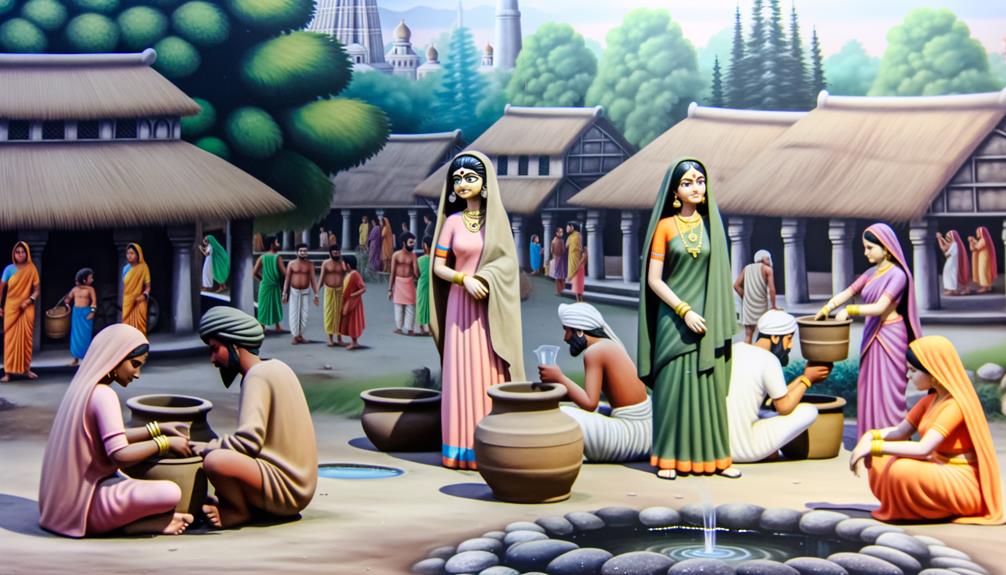
The narrative of Dinah in the Bible encapsulates the complex interplay of gender roles and societal expectations, where patriarchal norms dictate women’s autonomy and agency.
It also highlights the significance of family honor and reputation, which can drive extreme reactions and decisions within a kinship group.
Additionally, the episode serves as a focal point for examining intertribal relations and conflicts, revealing the fragile nature of alliances and the potential for violence stemming from personal and collective affronts.
Gender Roles and Expectations
Examining Dinah’s story within its ancient cultural and social context reveals how gender roles and societal expectations profoundly shaped the experiences and agency of women in Biblical narratives. Women, like Dinah, often found their identities and actions constrained by patriarchal norms.
These norms dictated several key aspects:
- Limited Autonomy: Women had restricted freedom in personal and social decisions, often being under male guardianship.
- Social Value: A woman’s worth was frequently tied to her role within the family and her ability to maintain familial honor.
- Legal Protections: Legal systems offered minimal protection for women, reflecting their subordinate status.
Understanding these dynamics is essential for comprehending the complexities and impacts of Dinah’s narrative in the Bible.
Family Honor and Reputation
In the context of Biblical narratives, family honor and reputation were paramount, often dictating the actions and decisions of individuals and shaping communal responses to events such as Dinah’s encounter.
Dinah’s story, as presented in Genesis 34, illustrates the profound implications of familial honor in ancient Israelite society. The violation of Dinah by Shechem was perceived not merely as a personal affront but as an attack on the family’s integrity.
This perception necessitated a response to restore honor, leading to the extreme actions taken by her brothers, Simeon and Levi. Their retaliation underscores the societal expectation to uphold family dignity at all costs, reflecting broader cultural norms where familial reputation directly influenced social standing and community cohesion.
Intertribal Relations and Conflict
Intertribal relations in the Biblical narrative of Dinah’s story reveal complex layers of cultural and social dynamics that influenced conflict and cooperation between different groups. The encounter between Jacob’s family and the inhabitants of Shechem showcases the fragile balance between diplomacy and aggression. The resulting conflict underscores several key elements:
- Cultural Norms: The violation of Dinah highlights the differing societal standards and practices regarding honor and marriage.
- Power Dynamics: The negotiation between Jacob’s sons and Shechem’s leaders illustrates the underlying power struggles and attempts at asserting dominance.
- Retributive Justice: The violent retaliation by Simeon and Levi exemplifies the concept of collective retribution prevalent in ancient tribal societies.
These factors collectively shaped the intertribal interactions and conflicts within the narrative.
Interpretations Over Time
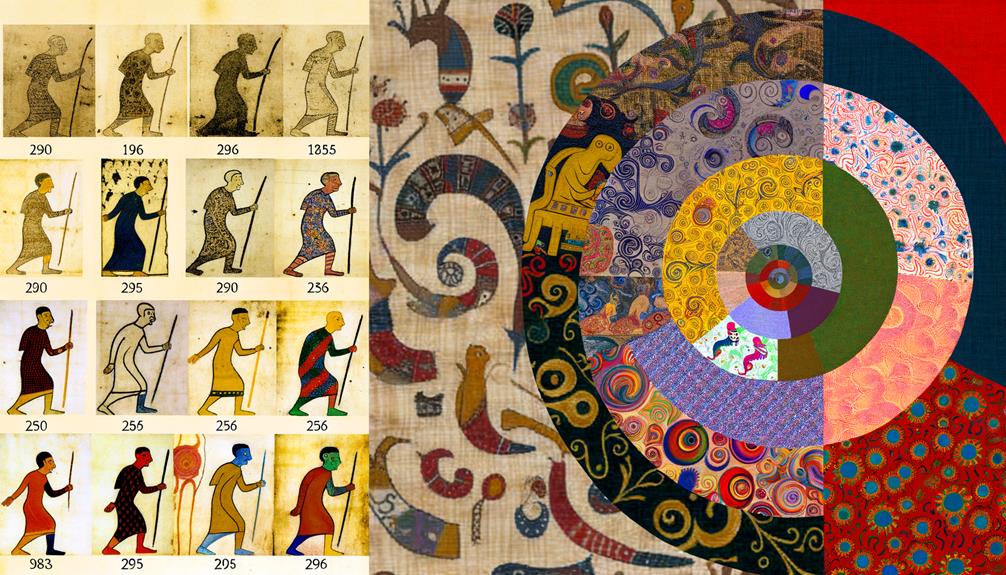
Throughout history, various interpretations of Dinah’s story in the Bible have evolved, reflecting the changing cultural, theological, and social contexts of different eras.
Early Jewish and Christian traditions viewed Dinah primarily within the framework of family honor and the consequences of violating communal norms. Medieval commentators often emphasized themes of purity and victimization, sometimes attributing blame to Dinah’s actions.
Modern feminist scholars reinterpret her narrative through a lens of gender dynamics, questioning patriarchal biases in the scriptural account. Additionally, contemporary socio-political readings explore Dinah’s story as a critique of power and violence.
Each period’s interpretation provides unique insights, shaping our understanding of Dinah while revealing broader societal values and challenges.
Lessons From Dinah’s Story
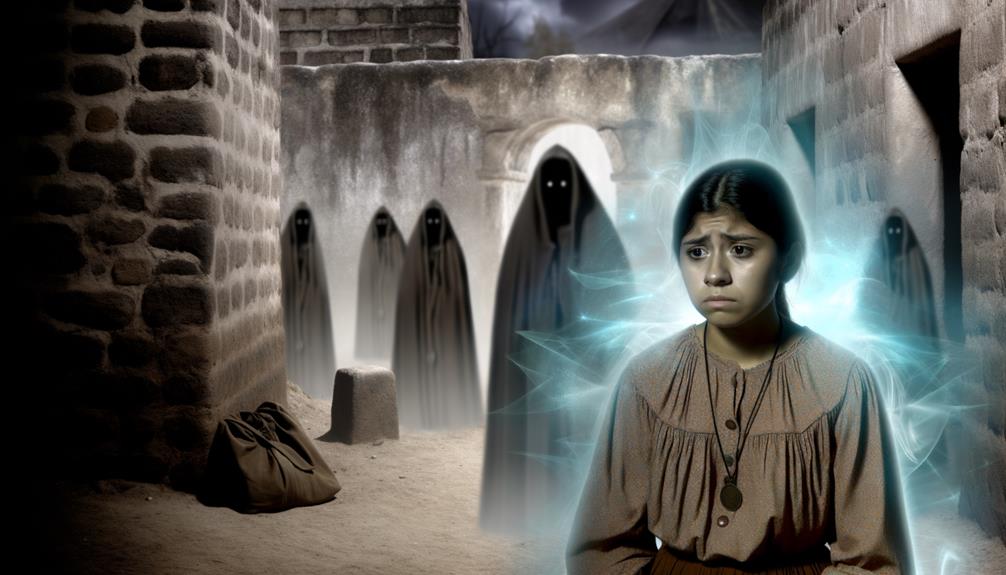
Examining Dinah’s story through various lenses reveals profound lessons on the complexities of agency, power dynamics, and societal norms within biblical narratives. Dinah’s ordeal in Genesis 34 and the subsequent actions of her brothers underscore the intricate interplay of individual and collective responses to trauma and injustice.
Key lessons from Dinah’s narrative include:
- Agency and Voice: Dinah’s silence in the text invites reflection on the representation and absence of women’s voices in historical accounts.
- Power Dynamics: The story highlights the patriarchal structures that influence decisions and actions, often marginalizing female experiences.
- Societal Norms: The collective retribution by Dinah’s brothers against Shechem and his city illustrates the severe consequences of societal norms and familial honor codes in ancient contexts.
Understanding these dimensions fosters a deeper appreciation of the biblical portrayal of complex human experiences.
Conclusion
The narrative of Dinah in the Bible, embedded in a complex web of familial, cultural, and social dynamics, offers a profound examination of historical contexts, gender roles, and moral implications.
The incident in Shechem and its aftermath reveal the intricacies of ancient societal norms and the far-reaching consequences of personal actions.
Over time, interpretations have evolved, yet the story remains a poignant lesson on justice, retribution, and the human condition.
This multifaceted analysis underscores the enduring relevance of Dinah’s story.

